Homeowners frequently experience water pressure problems in their water supply, leading to dull performance of daily activities such as bathing, dishwashing, flushing and laundry cleaning.
The reason behind low water pressure can involve different problems starting with blocked pipes and extending to broken fixtures and many more.
Pushing away from fixing the problem tends to result in enlarged plumbing issues requiring expensive maintenance. That is why identifying the main cause behind this problem is crucial.
So, this guide discusses typical reasons for reduced water pressure and presents useful fixes to address the problem effectively.
Table of Contents
The Major Causes of Low Water Pressure in Your House
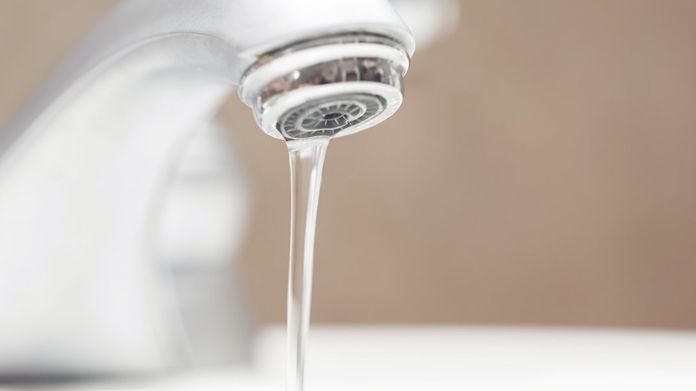 Various factors cause low water pressure, including minor plumbing problems and full system breakdowns.
Various factors cause low water pressure, including minor plumbing problems and full system breakdowns.
To resolve the problem efficiently, first it is necessary to identify the source of the issue. Various explanations cause poor water pressure inside homes, including the following:
1. Leaks in Your Plumbing System
Leaks throughout your plumbing system will decrease your water pressure significantly if not detected.
Water leakage through any size opening will deprive your water taps, producing a weaker flow. It further affects pressure levels by developing an underground network of kitchen and bathroom plumbing lines and water pipe surfaces.
2. Clogged Pipes
Substances consisting of minerals and debris alongside rust buildups will block water passages inside pipes, ultimately reducing water flow over time.
Residential plumbing systems that use hard water will develop clog problems due to mineral oxidation from calcium and magnesium deposits. A localized blockage exists when only some fixtures show signs of trouble.
3. Partially Closed Valves
You may experience low water pressure in your house when individual fixture valves remain partly open.
Most plumbing professionals may not properly reopen the valves after completing their work on your system. Check the location of your house’s main shut-off valve, then make sure it stays fully opened.
4. Corroded Pipes
Pollution affects homes that use galvanized steel or iron pipes because the metal corrodes frequently. Internal pipe rust accumulates repeatedly, creating a smaller water channel that lowers water pressure.
Your water appears discolored while your pipes leak frequently as signs that corrosion exists in your pipes.
5. Water Meter Issues
Another possible reason for low water pressure can exist beyond your household property. An inadequate or misadjusted water meter can reduce water pressure flow.
For any suspected meter problems, you must contact your local water supply provider for a thorough inspection.
6. Shared Water Supply
Shared residential water lines result in pressure reduction during times when every house or apartment employs its water supply.
Homeowners who use water simultaneously could experience periodic pressure changes, mainly during busy periods.
7. Pressure Reducing Valves
Pressure-reducing valves (PRVs) exist in numerous houses for managing water pressure levels. Water flow experiences weakness when pressure-reducing valves are improperly set or malfunctioning.
So, always check your pressure-reducing valve’s location, which should be near the primary water pipe, before making gradual adjustments.
8. Water Heater Problems
A weakened hot water pressure indicates your water heater requires inspection. Sediment deposits within the tank produce blockages that can cause low water pressure.
Your system’s heating elements plus pressure relief valves must be checked as they both affect the performance parameters.
9. Outdated Plumbing
The combination of outdated plumbing components, including small pipe diameter, ineffective pipe placement and tired household fixtures, makes your water pressure hard to maintain.
So, modern plumbing materials and new configurations in your home plumbing system will enhance your water flow efficiency.
Fixes for Low Water Pressure in Your House
A decrease in water pressure becomes annoying, yet you can find various methods to enhance the water flow rate.
You must perform simple fixes or call professional assistance based on the water pressure origin. The following are established methods to solve low water pressure inside your home.
1. Check for Leaks
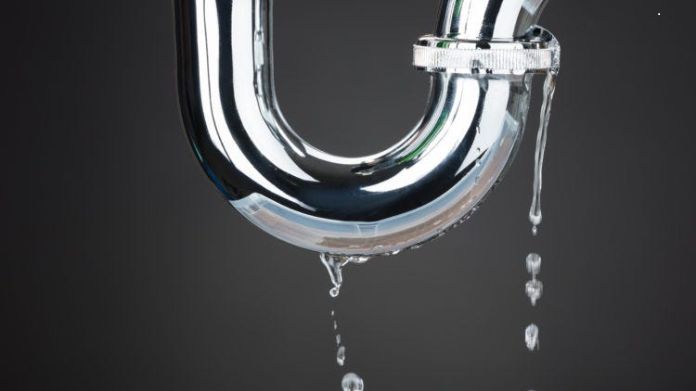 Plumbing system leaks result in substantial water pressure reduction. So, always check for minor drops of water and call professionals to help with that.
Plumbing system leaks result in substantial water pressure reduction. So, always check for minor drops of water and call professionals to help with that.
Also, never ignore water stains along with mold growth. Detect them early and hire a plumber so that they use a pressure test that helps find and resolve these leaks.
2. Check Your Water Meter
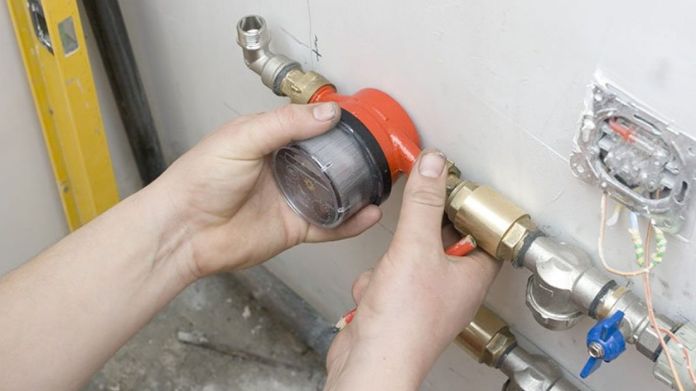 A faulty water meter can also cause low water pressure. So, the proper function of your water meter should be checked by contacting your local water provider whenever you detect a pressure drop.
A faulty water meter can also cause low water pressure. So, the proper function of your water meter should be checked by contacting your local water provider whenever you detect a pressure drop.
They will examine faulty meters and may need to recalibrate or switch out the device to maintain correct water flow.
3. Stop Shared Water Supply
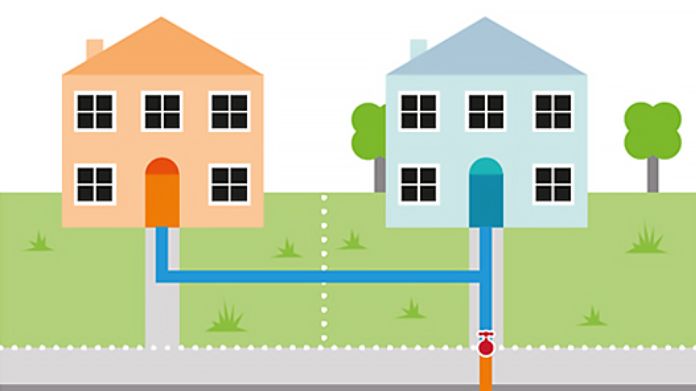 If it connects to water supply lines, your home may suffer from pressure fluctuations when neighbors use water during peak usage times.
If it connects to water supply lines, your home may suffer from pressure fluctuations when neighbors use water during peak usage times.
That is why a dedicated water supply line and upgraded supply pipes help ensure a constant water pressure system.
The assessment and recommendation for residential water solutions from a plumber who evaluates such systems can be helpful.
4. Flush Water Heaters
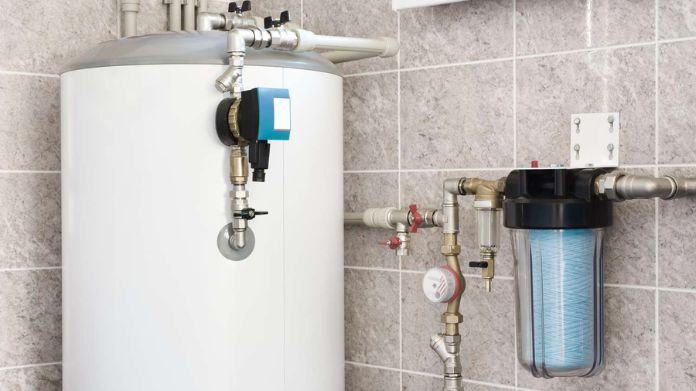 The sediment accumulation inside your water heater system will create blockages, leading to low water pressure.
The sediment accumulation inside your water heater system will create blockages, leading to low water pressure.
So, draining your water heater regularly eliminates rust and other debris to enhance its operational efficiency.
Use this procedure for flushing your water heater and then clean it using new water. Regarding continued trouble, a plumber will need to replace elements inside the system.
5. Install a Pressure Booster
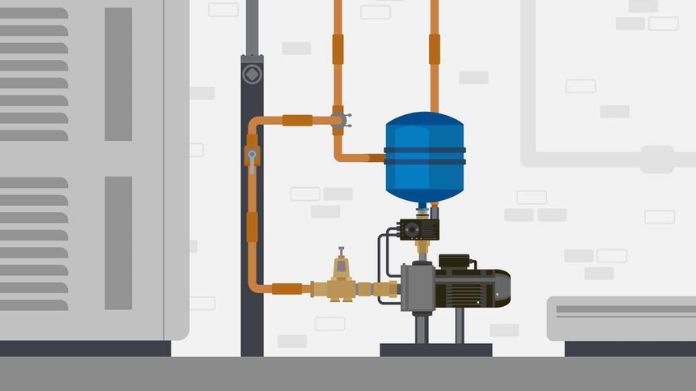 Building your home with a water pressure booster becomes necessary when your water supply maintains weak water pressure.
Building your home with a water pressure booster becomes necessary when your water supply maintains weak water pressure.
Booster pumps enhance water pressure throughout buildings, resulting in smooth flow dynamics. A professional practitioner will help choose the proper booster system and perform the installation correctly.
6. Check the Plumbing
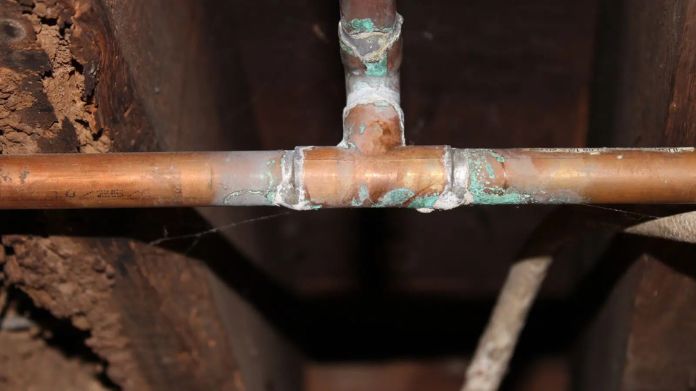 The flow of water gets restricted through old or corroded pipes, creating pressure problems. Your water pressure will improve greatly by replacing old plumbing with modern materials such as copper and PEX.
The flow of water gets restricted through old or corroded pipes, creating pressure problems. Your water pressure will improve greatly by replacing old plumbing with modern materials such as copper and PEX.
Examining your pipes by a plumber will lead to recommendations about replacements or repairs that improve system efficiency.
7. Replace Damaged Fixture
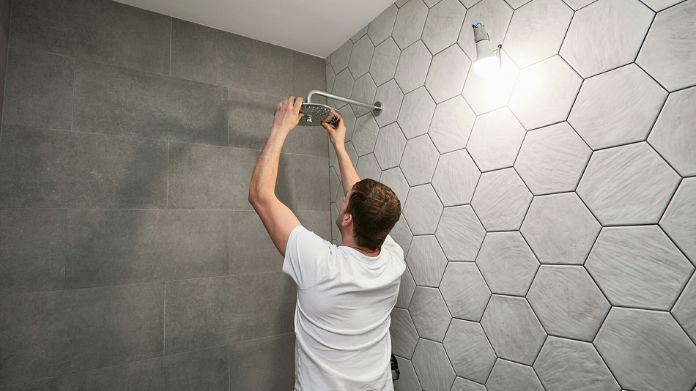 Showerheads and faucets can experience low water pressure because of accumulated mineral deposits and internal system deterioration.
Showerheads and faucets can experience low water pressure because of accumulated mineral deposits and internal system deterioration.
Your water flow improves when you either maintain or replace aerators and showerheads that have become clogged.
Upgrading to brand-new fixtures, designed for high-efficiency delivery, will deliver better water pressure and help save water simultaneously.
2. Hire Professionals for Clogged or Closed Valves
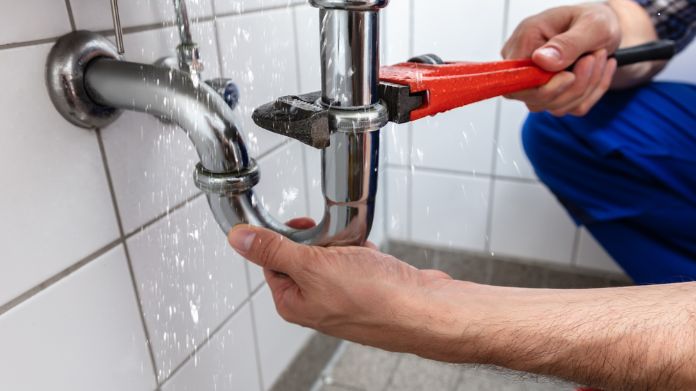 The water supply becomes limited because of blocked pipelines and inadequate valve operation.
The water supply becomes limited because of blocked pipelines and inadequate valve operation.
Professional plumbers provide two solutions to clear clog issues from pipes – pipe flushing and hydro-jetting services for complete blockage removal. Their help can both fix and change defective valves when required.
Our Thoughts
Multiple factors such as leaks, clogged pipes, valve problems, outdated plumbing and issues with your water supply trigger poor water pressure in residential environments. Solving any problem effectively demands that you first detect its main cause.
You can solve water pressure problems by checking leaks, flushing the water heater, performing valve adjustments, etc.
Professional service providers must be involved when complexities arise in plumbing systems. Also, proactive maintenance and proper plumbing system care will help guarantee your home receives a constant, reliable water supply.

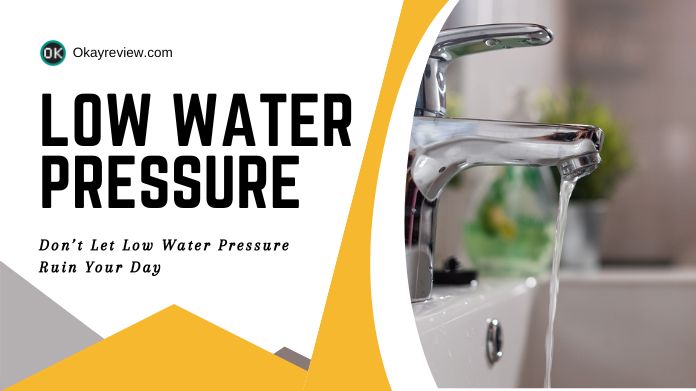
I appreciate how thoroughly you covered the potential causes, from clogged pipes and faulty fixtures to municipal supply problems. Your step-by-step troubleshooting approach, practical DIY solutions, and straightforward advice on when to call a professional make this a valuable resource. The mix of technical insights and easy-to-follow tips ensures readers of all skill levels can benefit. Keep up the fantastic work. This kind of well-researched and actionable content is beneficial!
Fantastic guide on troubleshooting low water pressure! I appreciate the comprehensive breakdown of potential causes and practical solutions for homeowners and renters. Your clear step-by-step instructions and helpful tips make diagnosing and fixing water pressure issues so much easier without needing a professional. The mix of DIY approaches and when to call in an expert is especially valuable.